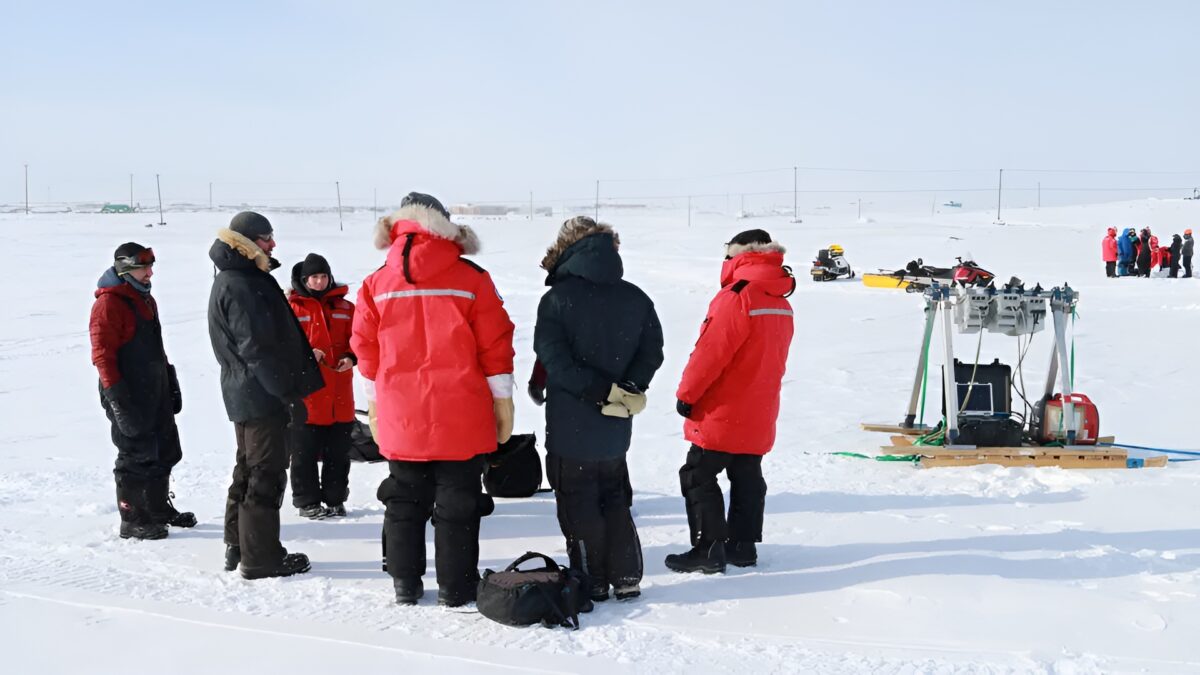VR, drones, and video help Arctic research in extreme conditions

A VR game is being made to help prepare Arctic researchers for the harsh conditions and wildlife concerns when doing fieldwork in the far north.
Daniel Kramer is a scientist from the Université de Sherbrooke studying the Canadian Arctic, largely within the borders of the territory of Nunavut, which accounts for one-fifth of Canada, yet has a population of only 30,000 people. He's planning on using drones and VR games to help with research.
Challenging conditions
Conditions are extreme. "If you go in February to Cambridge Bay, and it's -45 C or -50 C and the wind is blowing — that's not for everyone," said Kramer. "One needs a certain amount of mobility and mental stability to go to the Arctic."
Drones allow some remote work to be done, but with large UAVs costing $50,000, the budget gets tight quickly. Smaller drones can be used but require more training to collect usable data.
Travel is another barrier for fieldwork, with prices of $3,000 or more to reach these remote locations. The cost of accommodations and gear adds to the burden.
VR games and videos to the rescue
A possible solution to the challenges of working in the Arctic is virtual reality. Kramer is planning a VR game that will help prepare researchers for the dangers.
Compared to a two-dimensional map, Kramer feels VR can make you "more aware and prepared for a spot where the polar bear could walk up to you without you seeing it until the last moment." Forgetting such details could be a critical mistake.
360 videos and drone videos can also be used in VR to help everyone, not just scientists, see what is happening in the Arctic. Immersing in the environment via VR is a good first step toward understanding the conditions and grasping the enormity of the landscape.
Note: Links to online stores in articles can be so-called affiliate links. If you buy through this link, MIXED receives a commission from the provider. For you the price does not change.